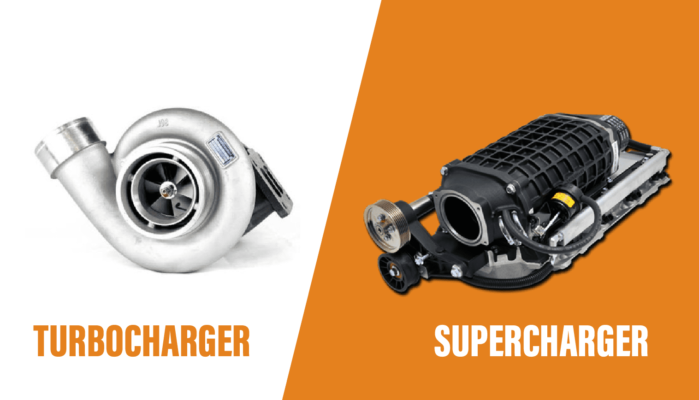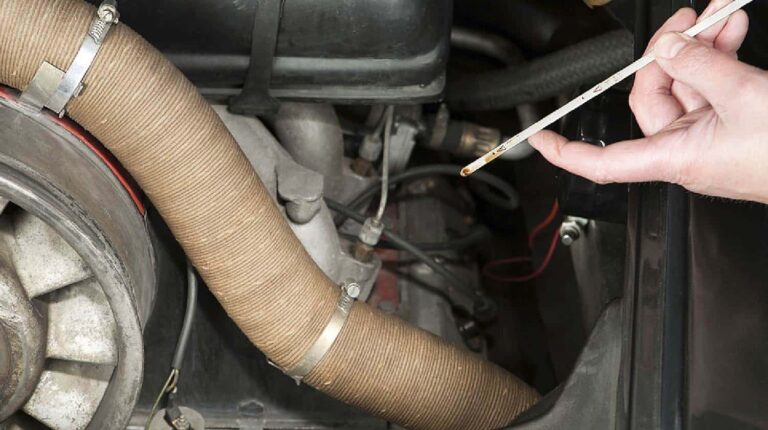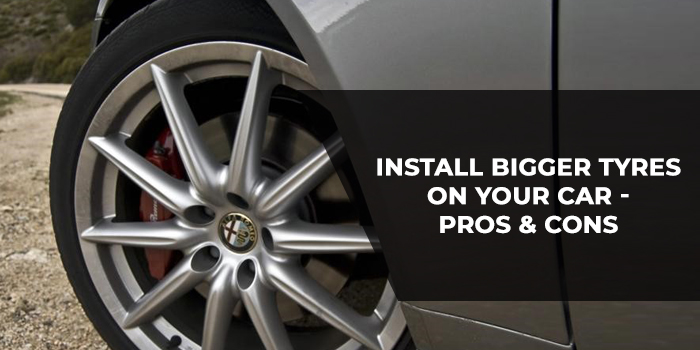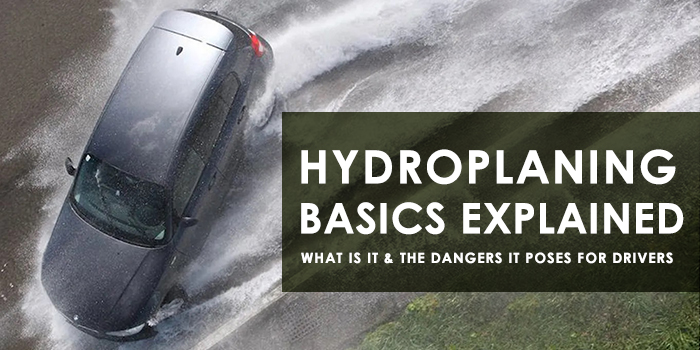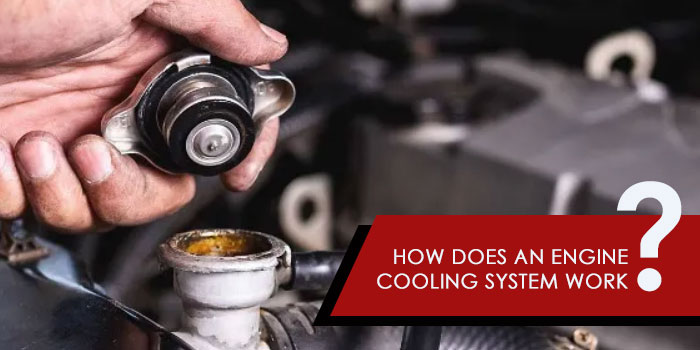
The internal combustion process of burning petrol or diesel produces extreme temperatures in the engine which needs to be cooled down to prevent damage to components. An engine cooling system uses a heat exchange medium such as liquid coolant/antifreeze that circulates around the engine block to absorb excess heat. In other engines, cooling fins are placed on the engine casing to air-cool the crankcase (such as on small-capacity commuter motorcycles).
A car engine cooling system is integral for smooth operation and preventing damage. Let’s have a closer look at how the engine cooling system works and methods to keep it in good condition. Proper maintenance of the cooling system ensures long engine life and hassle-free car ownership.
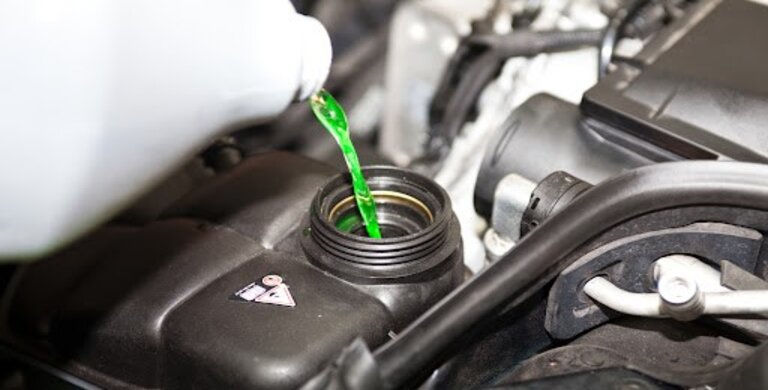
What is engine cooling system?
In a water-cooled engine cooling system, the cylinder block and crankcase are surrounded by water jackets that have coolant/antifreeze circulating around. These water channels are pressurised by a water pump in engine cooling system which is driven by the crankcase pulley/belt. The coolants absorbs most of the heat from the combustion chamber and carries it to the radiator where heat exchange takes place through fine tubing, quickened by a radiator fan blowing cool air over the fins.
The coolants reduces in temperature and is sent back to the engine block for another cycle of heat absorption. As hot water expands, the coolant is forced up through the hot engine and down through the cool radiator. This puts less pressure on the pump which has to work constantly to drive coolant around the pipes.
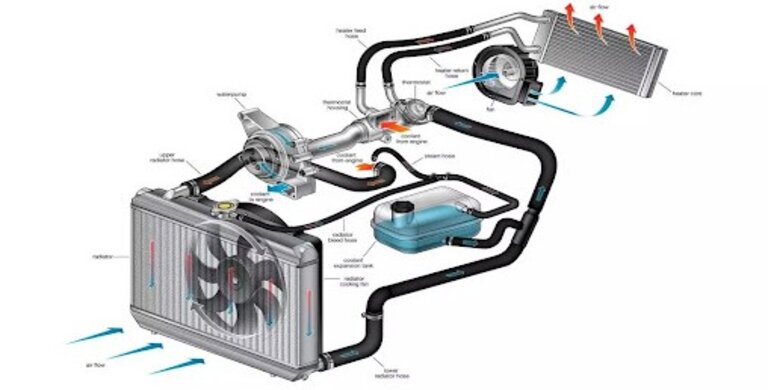
The radiator is connected to the engine via rubber hoses that are firm yet flexible enough to expand with high temperatures. Thin metal tubing in the radiator offers a large surface area for the coolant to transfer heat rapidly into the ambient air. The whole system is pressurised in order to lower the boiling point of the coolant/antifreeze.
The engine cooling system thermostat operates a valve that opens and closes as a function of engine temperature. Modern engines may use special sensors to regulate coolant flow depending on the desired temperature.
Also Checkout What Is Coolant And How Does It Work?
What are the different engine cooling system types?
There are two main types of cooling systems in use on modern car and motorcycle engines, air-cooled and water-cooled systems. Air-cooled systems can be found in small engines such as commuter bikes and light aircraft. They have cooling fins on the cylinder head that dissipate heat from the combustion chamber as air flows over it. This system is popular as a 2 stroke engine cooling system due to its simplicity and lightweight. It is also cost-effective and requires no maintenance. This method is also employed on some 4 stroke engine cooling systems for motorcycles.
Water or liquid cooling makes use of water jackets around the cylinder and crankcase in which coolant is circulated by means of a water pump to a radiator placed in the front of the automobile. The coolant in an engine cooling system is light blue. The purpose of a thermostat in an engine cooling system is to regulate the flow of coolant to the radiator when cooling is required and to restrict it when we need higher engine operating temperatures.
Must Read How To Deal With Car Engines Overheating
Engine cooling system problems
Some issues you may encounter with engine cooling systems include erratic engine temperatures, overheating and subsequent component damage.
The common difficulties with diesel engine cooling systems and petrol engine cooling systems include the following:
Overheating
Caused by insufficient coolant in the system, a clogged radiator, a faulty thermostat or clogged coolant pipes.
Inaccurate temperature reading
Due to the thermometer failing or a bad sensor in the cooling system.
Overcooling
Can happen in winter in response to a faulty thermostat that keeps the coolant valve open for too long.
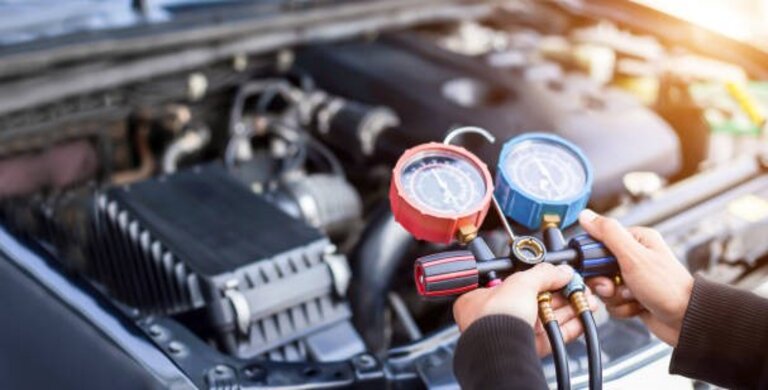
Leaks in the cooling pipes
coolant may escape from damaged seals, holes in the pipes, worn-out gaskets and rubber seals. You may encounter an engine overheating issue.
Also Checkout: Fuel system treatment
Conclusion
We often don’t think about our engine cooling system unless there is a problem that interrupts our driving. A few ways to maintain your cooling system include checking your coolant level often and topping it up if required. Look for leaks in the system and signs such as water vapour or unusually high engine temperature (from your instrument cluster engine temperature light).
There is a wide variety of engine coolant flush treatments available at car accessory stores both online and in your locality. Have the cooling system treated at least once in two years to be on the safe side.
Explore a wide range of articles related to automobiles on the Carorbis blog. You may be interested in Learn How To Change Coolant In Car For Proper Maintenance And Flex Fuel Engines: Explained With Working And Benefits
Frequently Asked Questions
Q1. Why is engine cooling system required?
Ans. The most important functions of a cooling system on a car engine are to reduce the temperature of the power unit, maintain the optimum temperature so that the engine can operate efficiently, and bring the engine up to operating temperature as quickly as possible after being started. The cooling system removes excess heat using a radiator and cooling liquid exchange medium (known as a coolant/antifreeze). Without a cooling system, the engine would overheat due to high temperatures caused by the internal combustion process in the cylinders. Excessive temperatures would damage sensitive engine components and cause metal surfaces to melt and warp.
Q2. Why is my engine cooling system light on?
Ans. Engines equipped with an ECU onboard computer system have various sensors to measure engine operating temperature. If the engine overheats due to some reason, the driver will see a warning light on his instrument cluster indicating that the cooling system is not working correctly. All cars have a coolant temperature gauge that alerts the driver when temperatures exceed normal levels. The warning light depicts a red thermometer that may start to flash when the engine overheats. The most common causes of an overheating engine are a low coolant level, a faulty water pump or a leaking radiator. Try topping up the coolant and driving to the nearest service station for an engine check-up.
Q3. How to flush engine cooling system?
Ans. There are specially designed engine cooling system flushing chemicals that are used to clean the cooling mechanism in an engine. You have to pour the flushing liquid into the expansion reservoir of the radiator and run the engine on idle for 30-45 minutes allowing the chemicals to permeate through the cooling system internals. The flush chemicals will dissolve dirt, grime, scale and other debris that are blocking the coolant from circulating freely in the system. The coolant should then be drained and flushed with water once again. Finally, add the coolant/antifreeze to the correct level to ensure the maximum cooling efficiency of your engine.
Q4. How to clean engine cooling system?
Ans. The engine must be cool before starting work. Keep it parked for 30 minutes then drain the coolant from the system. Disconnect the radiator hoses and connect a water hose to the upper radiator connector, flushing water for about 2 minutes until all the debris and dirt deposits have been cleared out of the radiator. Connect the pipes and use a coolant flushing liquid in the engine. Run the engine for about 30 minutes to remove all blocks in the pipes. Remove the flush and refill the system with coolant /antifreeze and run the engine. Keep an eye on the temperature gauge to make sure it is within bounds.
Q5. What is the thermostat valve in engine cooling system?
Ans. The thermostat valve is used to regulate the cooling system in an engine. It can open and close depending on the temperature of the coolant as it circulates and exchanges heat in the radiator. When the engine is just started, the thermostat valve will isolate the radiator from the engine in order to bring it up to operating temperature. Once this minimum temperature is reached, the thermostat allows coolant to flow into the radiator for heat exchange. Thus, the engine remains at the optimum temperature while working. Without the thermostat, the engine would take a long time to heat up and would overheat at extreme temperatures.
Q6. What does engine cooling system light mean?
Ans. The engine cooling warning light indicates that the engine temperature is too high and that you should switch off the car immediately to prevent damage to components. If you continue driving with the engine cooling system light on, you risk damage to the pistons, cylinders, valves and engine block. High temperatures may cause metals to melt and fuse together, damage the rubber gaskets and seals and burn engine oil. As soon as you notice the cooling system warning light, pull over to the side of the road and let the engine cool off. Check the coolant level in the reservoir tank and top up to the correct level. Then enlist the services of a mechanic to inspect the cooling system.
Q7. How the engine cooling system works?
Ans. The main medium of heat exchange is the coolant/antifreeze liquid which flows around the system. It is made from a mix of water and special chemicals that absorb heat from the engine and dissipate these high temperatures into the radiator fins. The radiator has thin tubes that are exposed to the atmosphere and are helped by a cooling fan. Pipes run around the engine block through water jackets that are pressurised by a water pump. The water pump uses serpentine or V belts to extract power from the rotating crankshaft. A thermostat valve regulates the flow of coolant depending on the engine temperature.
Q8. What is engine cooling system?
Ans. The function of engine cooling system is to maintain the optimum temperature in the power unit. An engine cooling system is made up of mechanical components that function to keep the engine within operating temperature. The internal combustion process produces a lot of heat and extreme temperatures due to burning petrol or diesel. Without a cooling system, the pistons and cylinders will get damaged as the metal fuses together. The engine will only run for a short time when it overheats. With extreme heat, most of the components will have to be replaced because they are designed to work at an optimum temperature. The instrument cluster indicates engine temperature through a gauge so that the driver can be informed of an overheating engine.
Q9. What are the types of engine cooling systems?
Ans. Engine cooling systems can either be air cooled or liquid cooled. Air cooled engines uses ambient flowing air to absorb heat from the engine block. Some small capacity motorcycles and older cars like the Volkswagen Beetle were air cooled engine systems. They have simple mechanisms and will not freeze in cold weather. Liquid-cooled systems make use of coolant/antifreeze and a radiator to exchange heat from an engine. Most modern cars are liquid-cooled because of their greater cooling requirements and large engines. The main parts of a liquid-cooled system are the radiator, water pump, cooling fan, water jackets and thermostat valve.
Q10. What are engine cooling system components?
Ans. The primary engine cooling system components include a radiator (main heat exchanger), radiator hoses, water pump, coolant/antifreeze, thermostat valve, coolant expansion tank, heater core, radiator bleed hose, radiator cooling fan and water jackets surrounding the engine block. A car’s cooling system not only keeps the engine cool while running, but it also brings the temperature up when it is too cold outside or when you just start the engine. The cooling system can augment the HVAC system to heat up the car’s interior in cold climates.
Q11. How do you get a leak in engine cooling system?
Ans. Leaks in the cooling system can occur in several ways. The gaskets or rubber seals may break due to the constant heating and cooling cycles of the engine. Hoses can get damaged, develop cracks and start leaking coolant out of the system. The radiator has tiny tubes that can get damaged due to impact, corrosion or extreme temperatures causing a leak of cooling fluids. As the cooling system gets older, scale, sediment and debris can lead to leaks within the system. Find and fix leaks to prevent catastrophic engine damage as soon as you discover them.

